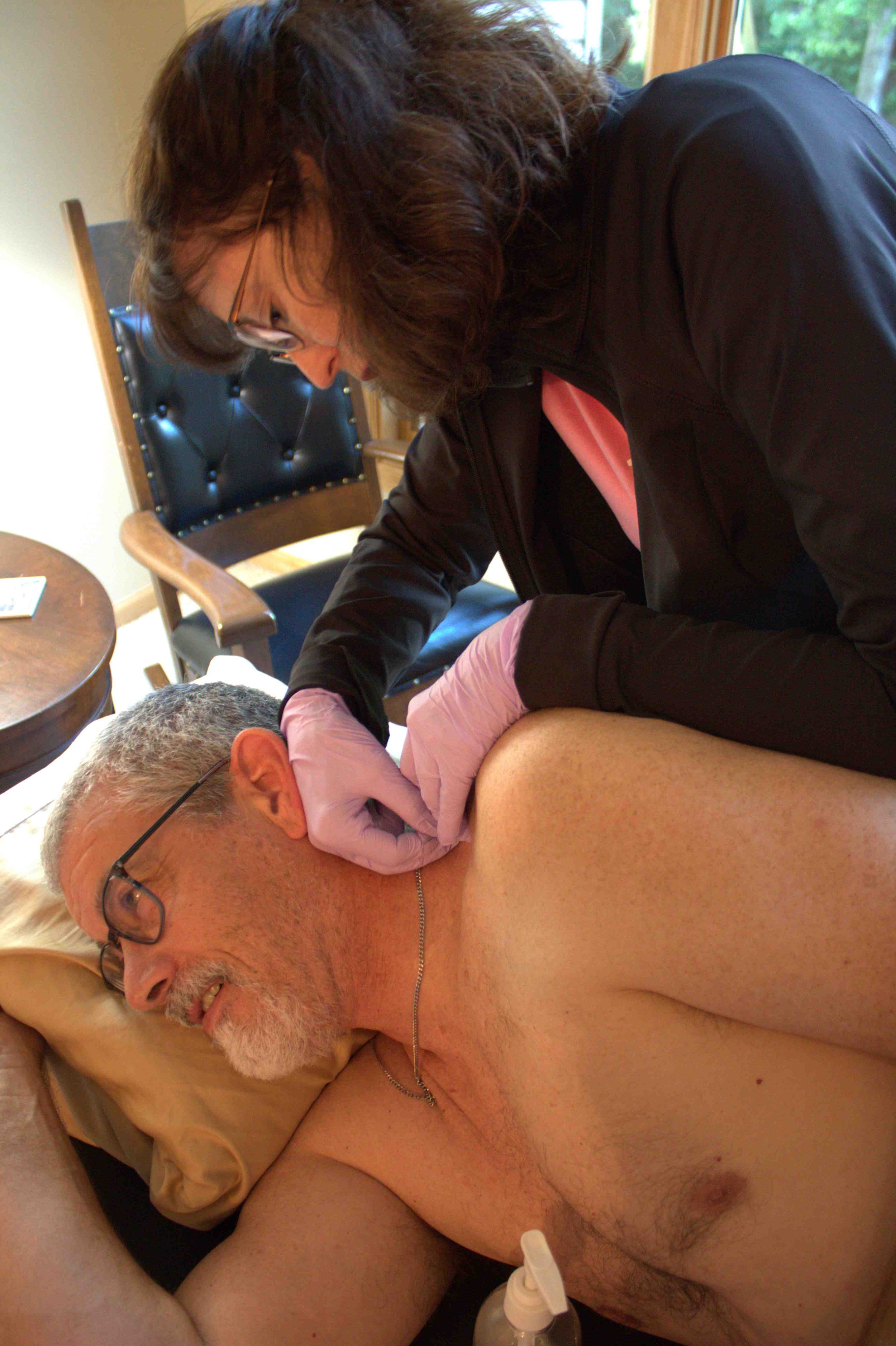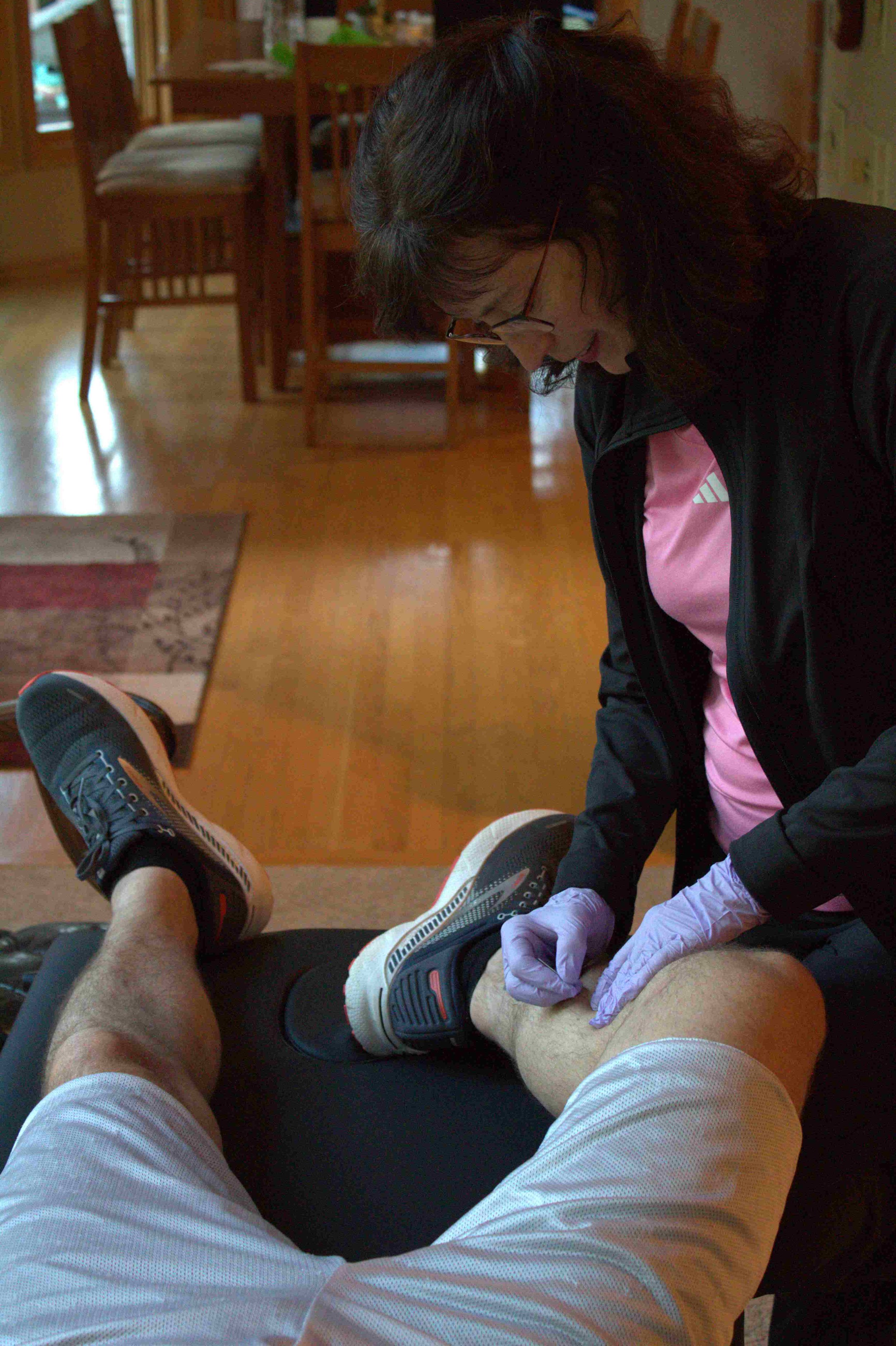Dry needling Information
Dry Needling is a successful medical treatment which uses thin needles without any medication (a dry needle). Dry Needling is used to treat pain and dysfunction caused by muscle problems, headaches, scar tissue, and some nerve problems. Though the needles used are similar, the technique is not the same as acupuncture.
Acupuncture is a part of Traditional Chinese Medicine, whereas dry needling is a western medicine technique. Dry needling works by changing the way your body senses pain (neurological effects) and by helping the body heal stubborn muscle spasms associated with trigger points (myofascial effects.) There are additional electrical and chemical changes associated with dry needling therapy, which assist in the healing process.
It is important to see dry needling as just one part of your overall rehabilitative treatment. You will need to do the exercises and follow the advice that your therapist gives you in conjunction with the needling for optimal recovery. Your therapist has been specifically trained in the various needling techniques. The therapist will insert the needle through the skin at the appropriate place. You will feel a small pinprick. You may also feel a muscle ache and a muscle twitch. These are normal reactions and mean that you will experience good relief from your symptoms.
In general, there is little risk associated with this technique if performed properly by a trained physical therapist. You may have a little bruising around the needle site, much the same as you would with any injection. On rare occasions, people may feel giddy, tearful, sweaty or cold. These symptoms will fade quickly. Fainting may occur in a small minority of people. If needling is performed near the lungs, there is a rare risk of lung puncture.
It is normal to have soreness following Dry Needling treatment, as is also common with other massage or manual therapy treatment. To minimize and ease the soreness and make the treatment as effective as possible. 1) Movement, stretching and activity are recommended. 2) Drink lots of water, this extra hydration helps your body recover. 3) You may use a heating pad, warm shower, or bath to help with the soreness, but do not use a cold pack. Inflammation is a desired response that helps your body heal and cold may decrease this response.



